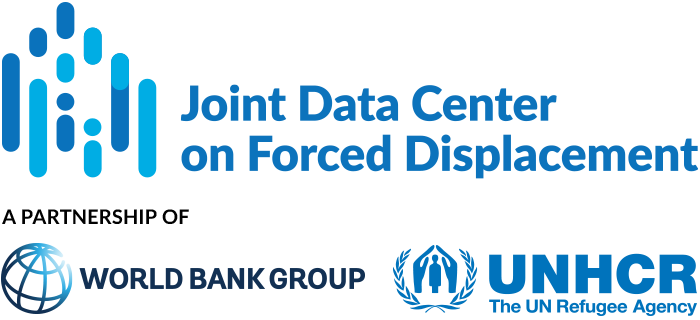JDC Literature Review
The JDC literature review contains summaries of recent publications and academic scholarship on issues relating to forced displacement.
Life out of the Shadows: Impacts of Amnesties in the Lives of Refugees
This paper estimates the causal effects on wellbeing of a regularization program offered to half a million undocumented Venezuelan migrants in Colombia. Colombia hosts almost two million Venezuelans displaced abroad. The Permiso Especial de Permanencia (PEP) grants...
The Economic Effects of Immigration Pardons: Evidence from Venezuelan Entrepreneurs
This paper analyzes the effect of an immigration pardon on immigrant entrepreneurship, by examining the effect of a pardon granted to about 300,000 undocumented Venezuelan immigrants in Colombia in 2018. Colombia hosts nearly two million Venezuelans, representing...
Attitudes and Policies toward Refugees: Evidence from Low- and Middle-Income Countries
This paper examines the effect of refugee arrivals on attitudes toward immigrants in a global sample of low- and middle-income countries. The authors also explore whether these effects vary across camp and non-camp settings or across situations with progressive and...
Forced Displacement and Asylum Policy in the Developing World
This paper analyzes the correlates of asylum policymaking in low- and middle-income countries, which host more than 85 percent of refugees and asylum seekers globally. The authors also examine the role of de jure policies as pull factors in flows of forced migration....
Global Refugee Work Rights Report
This report assesses refugees’ work rights both in law (de jure) and in practice (de facto) across 51 countries, which together hosted 87 percent of the world’s refugees at the end of 2021. The report also analyses additional factors that are critical to refugees’...
The Psychosocial Value of Employment: Evidence from a Refugee Camp
This paper presents a causal estimate of the psychosocial benefits of employment among Rohingya refugees in Bangladesh. Formal employment in Bangladesh is illegal for Rohingya refugees and restrictions on movement limit their access to informal work in nearby urban...
Refugees welcome? Inter-group interaction and host community attitude formation
This paper investigates the role of refugee-host interaction in influencing host community attitudes towards refugees in Uganda, Kenya and Ethiopia. The authors also explore the factors, other than contact, that shape attitudes of host communities towards refugees,...
Local labor markets and the persistence of population shocks: evidence from West Germany, 1939–1970
This article examines the population effects of the forced migration of eight million ethnic Germans from Eastern Europe to West Germany after World War II. The population shock occurred unevenly across West Germany counties, ranging from 1.4 percent to 83 percent of...
Rival guests or defiant hosts? The local economic impact of hosting refugees
This article estimates the local economic cost of hosting humanitarian migrants (refugees, asylum seekers and subsidiary protection recipients) and the impact of refugee dispersal policies in France. Refugee dispersal policies—spreading the settlement of refugees...
Is It Merely a Labor Supply Shock? Impacts of Syrian Migrants on Local Economies in Turkey
Over 2.5 million Syrian refugees arrived in Turkey between 2012 and 2015, the majority settling in regions bordering Syria. This paper examines the effect of Syrian refugees on labor market outcomes for native workers in Turkey. In addition to the supply-side shock in...


